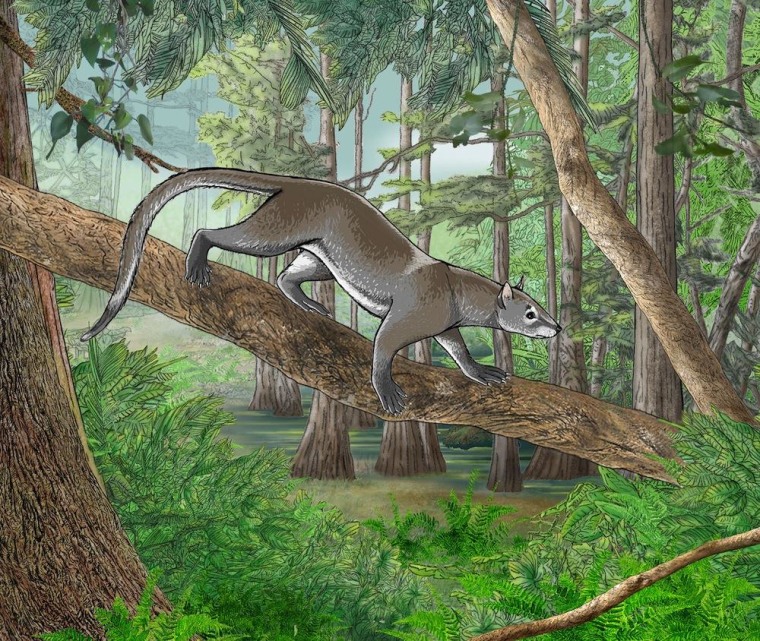Lions, tigers, bears and even loyal pups and playful kitties all come from the same line of carnivorous mammals, a lineage whose origins are lost in time. Now, scientists have discovered one of the earliest ancestors of all modern carnivores in Belgium.
The new species, Dormaalocyon latouri, was a 2-pound (1-kilogram) tree-dweller that likely fed on even smaller mammals and insects.
"It wasn't frightening. It wasn't dreadful," said study researcher Floréal Solé, a paleontologist at the Royal Belgian Institute of Natural Sciences in Brussels. What it was, Solé said, is a clue to the beginnings of today's toothy beasts. [In Photos: Mammals Through Time]
"It is one of the oldest carnivorous mammals which is related to present-day carnivores," Solé told LiveScience.
All modern carnivores descend from a single group, one of four groups of carnivorous mammals found in the Paleocene and Eocene periods, Solé said. The Paleocene ran from 66 million to 56 million years ago, and the Eocene followed from 56 million to 33.9 million years ago.
The carnivoraforms, as they're known, appear widespread during the Eocene, but paleontologists are unsure about their origins. Solé and his colleagues examined fossils from the very earliest Eocene, found at a well-known fossil site in Dormaal, Belgium.
Richard Smith, also of the Royal Belgian Institute of Natural Sciences, has sifted nearly 14,000 teeth from the soil in Dormaal. Among them are 280 newfound tooth specimens. With the new information from the teeth and some ankle bones, Solé, Smith and their colleagues described this species on Monday in the Journal of Vertebrate Paleontology.
For more, read the original article on LiveScience.
Follow Stephanie Pappas on Twitter and Google+. Follow us @livescience, Facebook and Google+.
